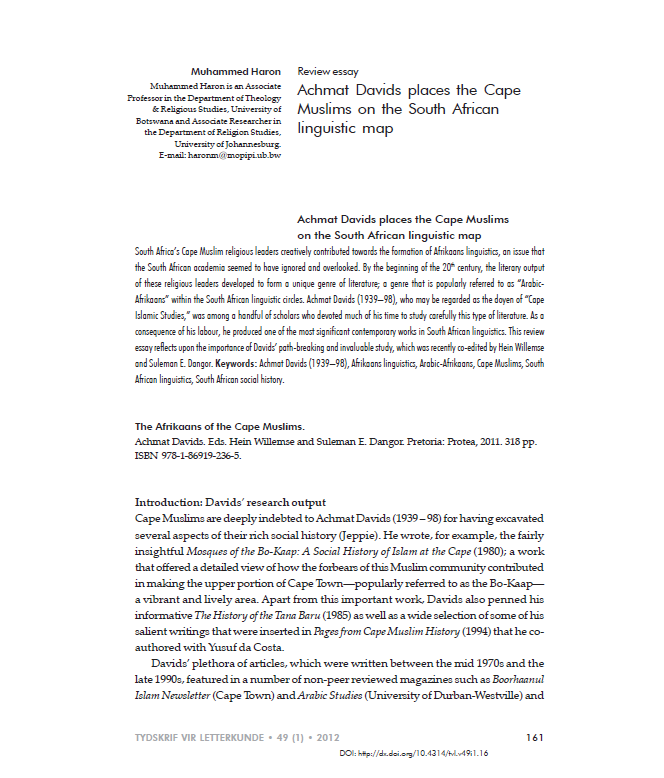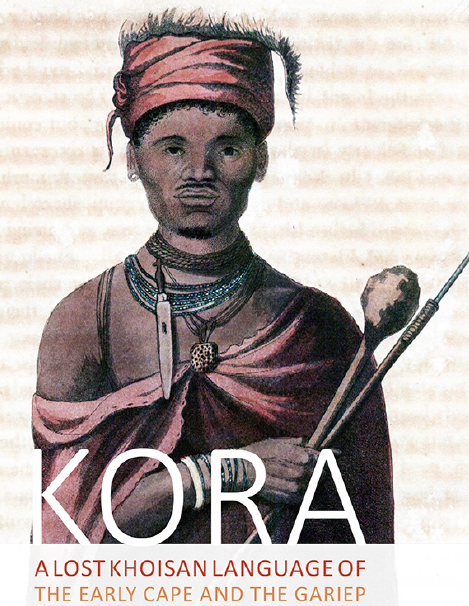Dullstroom dates back to the 1880’s and was name after its Dutch founder, Wolterus Dull, and the many Rivers found in the Area, hence the suffix- ‘stroom’, which is Afrikaans for; 'Stream'. Two Farms were purchased, and settlers began to arrive from Holland. However, discouraged by: the chilly air and ‘eternal mist’: the total lack of civilized Housing, Shops and Markets and the poor Agricultural of the Land. Many settlers therefore, returned to Holland. During the Second Anglo-Boer War, the British razed the Village to the ground, destroying all but a few of the original Buildings. Local resident and descendant of one of the original founder, Mrs. Janson, recalls the dramatic call to arms when her husband, now 99, donned his Bandelier before leaving to fight with the Boers. After the war, TNH Janson (Oom Teun) was one of the first to return to Dullstroom and the family played a prominent role in the reconstruction and rebirth of the Village.
The Town is richly endowed with a multi-cultural Heritage, and many cornerstones on surviving Buildings, date back to 1890's. The gravestones in the Town Cemetery reflect the diverse cultures - with headstones bearing English, Irish and Boer surnames. The influence of the European settlers can be seen throughout the Village, from the picturesque pointed stone Architecture, Historic Monuments such as the Stone Church in the village square, and the old Post office, to the abundance of beautiful trees such as: Lindens; Beeches; Cherry and other Exotics, brought over by the settlers.
Undeniably the most famous of all the Highlands Meander Towns, Dullstroom is a tourist mecca that attracts hundreds of thousands of visitors every Year and is commonly referred to as: ‘Scotland’s Only Outpost in Africa’. Around two hours’ drive from both Gauteng and Nelspruit, Dullstroom makes up the perfect long weekend retreat for people wanting to escape either the Lowveld heat or the noise and pollution of Gauteng!
Trout has had a huge part to play in this small Town’s success. Proclaimed a Town by Paul Kruger in 1892 and referred to as the ‘Place of Eternal Mist’ by the first Dutch settlers. Dullstroom had a volatile first few Decades, caught in the cross fire between the Boer and the Brits during the Anglo-Boer war. It was with the release of trout in 1916 and the further stocking of Dams in 1927 that Dullstroom started to make a name for itself in the fishing World and people began to see it as more than just a sleepy Village, in the mist belt. Yet it is this mist belt and the high-altitude setting, that provides Dullstroom with the cool climate and clean air that make it both a tourist magnet and floral oasis. The Town is rich in plant life, with many rare and endemic species being found here including numerous Orchids and the exquisite golden Arum lily, as well as the only substantial populations of Elm and Beech trees. During the spring and summer months the grasslands surrounding the town come alive with an explosion of floral fireworks that turn the green Hills, into a rainbow of colour. It is also one of the few Regions of South Africa where you will find all three species of the endangered Crane.
The cooler conditions make perfect Hiking conditions or whether you just enjoy strolls along the riverbanks or stretching jaunts up rocky escarpments, you will find the most breath-taking scenery while being immersed in the silence and tranquillity of this beautiful location! The micro-Climate found here, also provide the perfect conditions for trout to thrive, making Dullstroom another corner of the ‘Trout Triangle’ and one of the ‘must-visit’ fishing hotspots, in South Africa. Yet there is so much more to Dullstroom than simply; Flowers and Fish. The incredible range of Restaurants will ensure even the fussiest of foodies is satisfied and huge array of artisan shops set in the Town’s wonderful 19th and 20th Century Architecture. There is also: Birds of Prey Shows; Clay Pigeon shooting; Horse riding
adventures, Mountain bike and trail running routes, art Galleries and Health Spas, you could stay a year in Dullstroom and still not run out of activities to do! It is no wonder that this once ‘sleepy town in the mist belt’ which has now become the tourism hub of the Highlands was a Finalist, in the Kwela’s Town of the Year 2016 Awards. This is a Town that prides itself on being distinctive, original and all inclusive, it manages to cater for the needs of everyone!
WHAT AN AMAZING DESCRIPTION OF OUR BEAUTIFUL COUNTRY... IRRESPECTIVE OF WHERE YOU ARE IN THE WORLD NOW! 😍
Author Unknown:
I sit here quietly thinking about what it means to me to be South African, a visitor to South Africa, or even African. So it seems easier to rather explain the effect that this unique land has on me...
The perfume of rain on African soil. The scent of woodfires drifting across the Highveld on winter evenings. There's a very distinctive aroma just as one starts coming into George / Knysna / Plett (I've never figured out which herb it is), in much the same way the smell of Wild Sage defines the area around Santawani in Botswana. The odour of thatch in a game lodge. The bouquet of dust and the various plants when one gets into the bush, sometimes a whiff of something dead. The tang of the ocean at the seaside. The smell of ‘moer’ coffee over an early morning fire, or the delicious aroma of roasting meat over flames – whether you call it a braai or shisa nyama (but definitely NOT a barbeque, a barbie, or a ghastly NZ sausage sizzle!)
There is also something about the light here. “Santorini Blue”... I don’t know if that’s an actual colour, but it seems to describe the hue of the highveld sky on a winter’s day to perfection. We live in “big sky” country – whether blue, or orange in sunset, or dark grey and rent by lightening, or velvet black and filled with stars that seem close enough to touch – the sky is ever present. As is the moon. I am always aware of the moon, from a sickle moon to the full fecund globe that is full moon. Silver light gilding thorn trees, juxtaposed against dark shadows on the savannah, is not a sight one easily forgets.
The caw of the ubiquitous, raucous Hadedah in suburbia, the burbling call of a rainbird (Burchell’s Coucal) when a thunderstorm is on its way, the beautiful Diederick’s Cuckoo announcing the arrival of spring, the screech of a Barn Owl, or the evocative call of the Fish Eagle. Jackals calling as the sun goes down, a lion’s roar quite literally making the air reverberate, or the chilling whoops of the hyenas. The cacophony of barking geckos that start up as the sun goes down over Deception Pan, or a veritable orchestra of frogs around a pan in the summer months. Cicadas shrilling on days so hot that the air shimmers, or a nightjar calling in the dead of night in the bushveld.
Days of withering heat often followed by the lightest cool breeze, just as the sun is setting. A gentle little wind, which plays with your hair like an absent-minded lover, reminding you that the cool of the night will soon be with you. Walking in the bush very early in the morning, the sun’s rays catch the dew on spiders’ webs, reminding you that life, both seen and unseen, is all around you. Trout fishing as the sun peeps over the horizon in Dullstroom, so cold that the water droplets freeze on your line…
The colours of this land are not subtle either. The blood red of the coral tree, the green metallic glint of sunbirds, the striped black and white hide of the zebra, or sapphire blue of a kingfisher. The miles and miles of yellow and orange daisies in Namaqualand in September, or pink and white swathes of cosmos along the roads in April. The lilac and turquoise of the roller, the tawny hide of a lion or the emerald green of a little dung beetle that makes its appearance in the summer months. From the golden dunes of the Namib to an unimaginable number of greens in the Knysna Forest. All vivid and arresting.
Talk to me of Morrungulo or Tsodilo Hills, the great Drakensberg, Platteland dorps and the great Karoo. The warmth of Sodwana Bay or the icy kelp forests of the Atlantic Ocean. Of wine farms and fynbos in the Cape, to meerkats and diamonds in the north. Show me our people, in so many hues, with brightly coloured traditional costumes – and even brighter smiles.
All of this creates a frisson of excitement, passion each and every day, a vivid, immediate sense of being alive that I have found nowhere else….
These are my people. This is my land.
Because I am, at the very core of my being, a child of Africa! ❤️
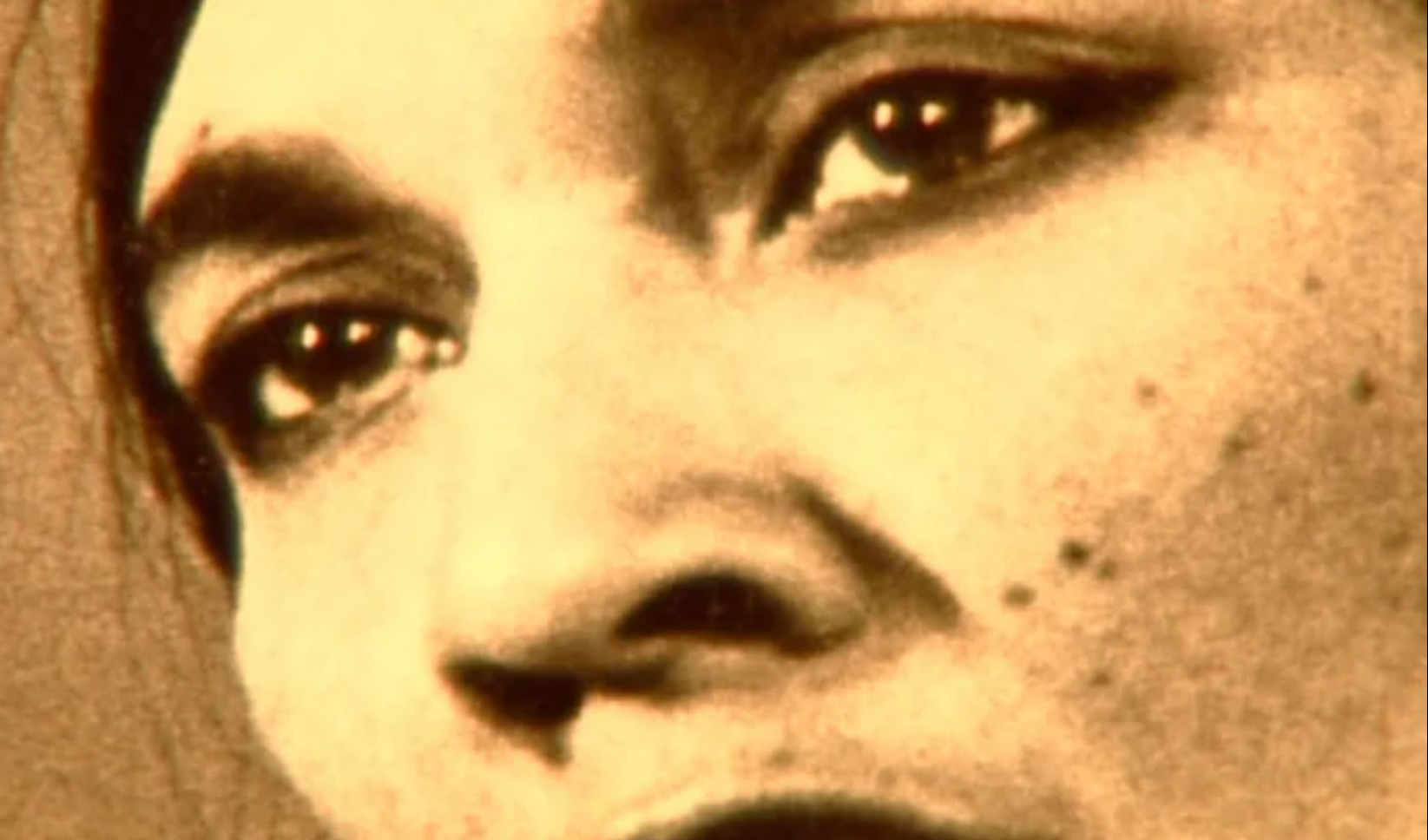
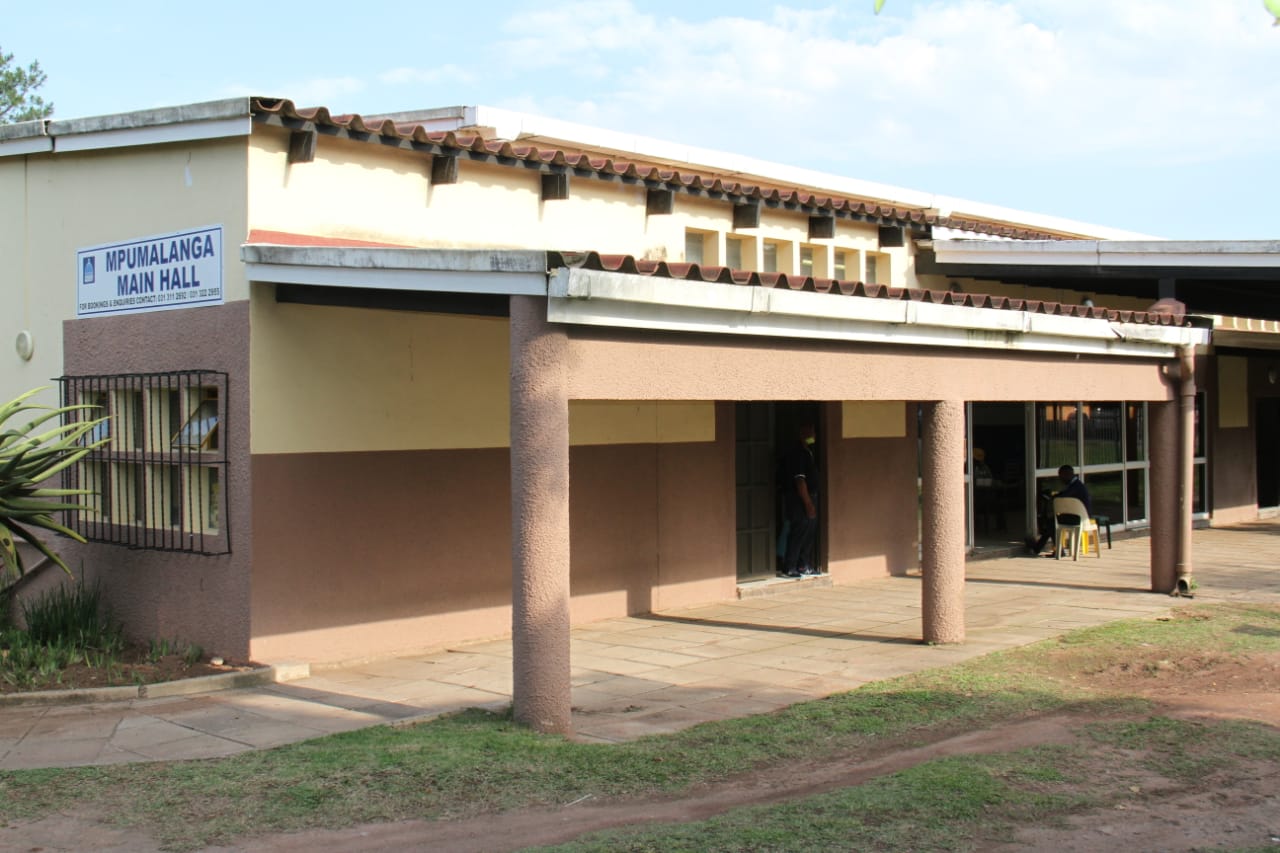

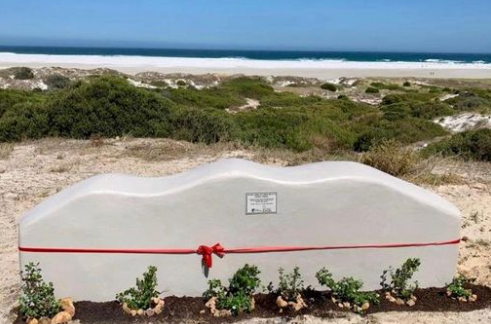 Eco Bench, at Noordhoek Beach Parking Lot
Image Source
Eco Bench, at Noordhoek Beach Parking Lot
Image Source